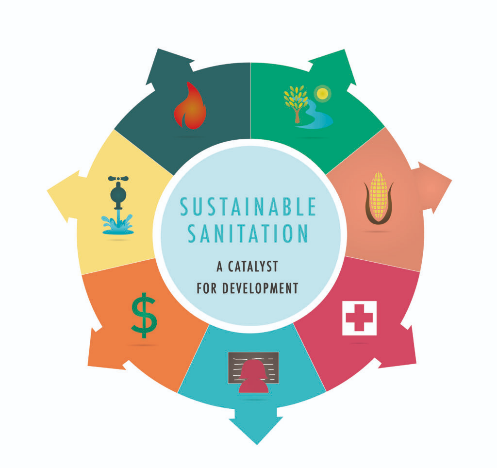Free Courses Sale ends Soon, Get It Now


Free Courses Sale ends Soon, Get It Now



Figure 1: No Copyright Infringement Intended
Benefits of improved sanitation extend well beyond reducing the risk of diarrhoea. These include:
© 2024 iasgyan. All right reserved